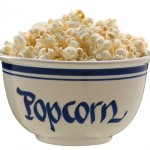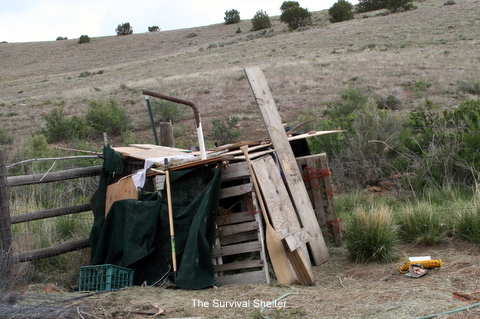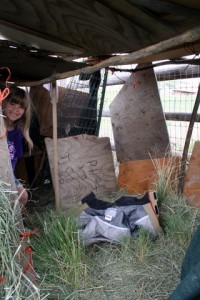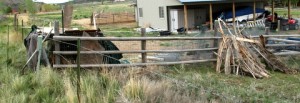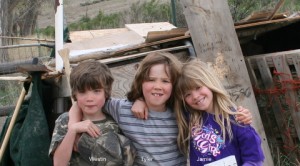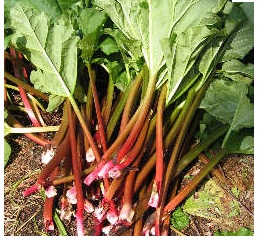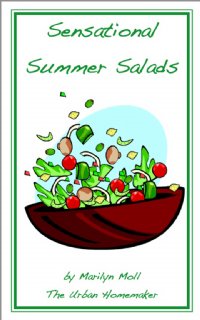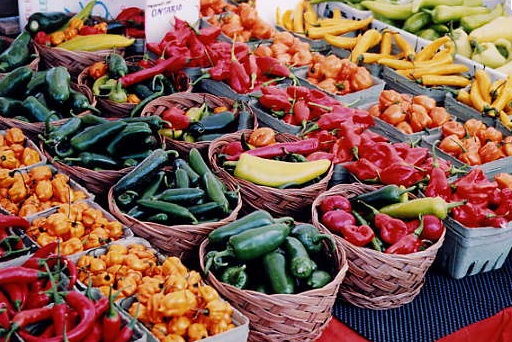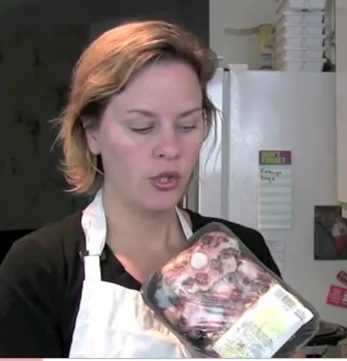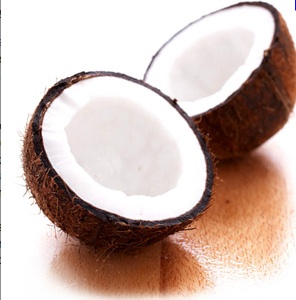 Since I have had several inquiries, recently, I wanted to explain how I use coconut oil, the benefits of using coconut oil in everyday cooking and baking, and a few reader testimonials.
Since I have had several inquiries, recently, I wanted to explain how I use coconut oil, the benefits of using coconut oil in everyday cooking and baking, and a few reader testimonials.
I first discovered that Coconut Oil is a healthy fat about five years ago when I read Eat Fat Lose Fat by Sally Fallon Morrel, President of Weston A Price Foundation, and Dr Mary Enig, International Expert on the Biochemstry of Food and Fat.
Here are some ways I use coconut oil in baking:
Melt it and measure it like regular oil. The melting point for coconut oil is 76 degrees.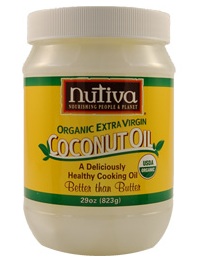
If you use it in salad dressing – mix it with olive oil, at least half and half since it wants to be a solid – don’t refrigerate it – it will get really solid.
I use it to saute veggies of all kinds.
I especially like to use Coconut oil in baked goods – bread – muffins-pancakes-brownies- Marilyn’s Famous Whole Wheat Bread, etc. I have found when I use Coconut Oil in homemade bread it does not mold readily when stored at room temperature for many days.
I also use it as a skin lotion for chapped lips and dry, cracked places on my feet because it is pure and natural and very effective. You will get the benefits of coconut oil through your skin when applied topically.
I transitioned into using the Extra Virgin Coconut Oil because my family commented that the taste and flavor of the foods I had prepared were so much better when I used Coconut Oil. Eventually it just became a habit as I used it more and more.
Check out how and why others are using coconut oil.
Sally Fallon Morrel says that “coconut is queen” among saturated fats because:
- Coconut Contains Abundant Medium-Chain Fatty Acids – medium chain fatty acids digest more easily than long chain fatty acids so it is an excellent choice for people having digestive difficulties with fats.
- Coconut Oil Contains Significant amounts of Lauric Acid – Lauric Acid, also found in mother’s milk, has proven antiviral, antibacterial, and antifungal properties. This substance helps stimulate the immune system and helps your body fight off viruses, bacteria and other pathogens, and protect you from other diseases. Lauric acid is highly beneficial and is only found in coconut oil, palm kernel oil, and in a small percentage of butterfat.
- Coconut Oil is Synergistic with Essential Fatty Acids – Although popular media would want you to think all saturated fats are bad, that is not true. When our bodies consume saturated fats t it reduces the body’s need for essential fatty acids – both the omega-3 and omega –6’s.
Healthy Popcorn
- Use 2-3 Tbsp organic virgin coconut oil into your pre-heated stove top popcorn popper (I use an old beat up 4 qt pressure cooker) using high heat.
- Drop 3-4 kernels into the melting oil. When those kernels pop add the rest of your popcorn.
- Add 1/2 to 3/4 Cup popcorn depending on the size of your cooker (If you use organic popcorn it probably won’t be GMO)
- After popping the corn, remove the pot from the heat, pour the corn into a large mixing bowl or popcorn bowl.
- Drizzle about 2-3 Tbsp melted butter over the popped corn and sprinkle with Real Salt or sea salt to taste. Mix the butter and salt around well and serve.
Don’t feel guilty about using plenty of healthy fats! They offer satiety, and keep you from snacking on unhealthy junk as well as many other health benefits.
